First, let’s be clear…the title to this post could be “7 Facts About Windsor I Didn’t Know”. Some of you history buffs out there may be completely aware of these things. But I’m going to go out on a limb and guess that many of you don’t. Over the weekend, I read an article from ConnecticutHistory.org entitled “Connecticut’s Oldest English Settlement”, which indicates that Windsor, CT is the official site of the first English settlement in the Connecticut Colony dating back to 1633.
The town of Windsor wears that badge with pride, but apparently there is a bit of a debate over whether or not Wethersfield was perhaps really the first. But we will go with Windsor for purposes of this post.
As I was surprised to learn that fact about Windsor, and having grown up next door in South Windsor I decided to head over there and take a walk through the Palisado Avenue Historic District, about a two-mile round trip. Palisado Avenue was where many of the most prominent English settlers made their home near the Farmington River (those colonials always had to be near a river, it seems!)

Little Known Fact #1: In addition to being the first settlement (don’t get upset, Wethersfield), the Fundamental Orders of Connecticut were written through a joint effort by representatives from Windsor, Wethersfield and Hartford. These Orders provided the framework for government in the Connecticut Colony from 1639 until 1662.
Many say (another debate!) that the Orders were the first written constitution in the colonies, and thus the 1959 General Assembly dubbed Connecticut the “Constitution State”.
How many of you have that on your license plate and didn’t know why? I’m raising my hand!

Little Known Fact #2: There were lots of Hookers in Windsor, CT (and ultimately all over the state). The most famous Hooker of all was Thomas (a first settler and founder of Hartford), a prominent Puritan leader who founded the Connecticut Colony after disagreeing with Puritan leaders in Massachusetts. He is now referred to by some as the “Father of Connecticut” and was a great preacher and writer of his time.
More importantly, the Thomas Hooker Brewery in Bloomfield, CT is named for him and proclaims to be the “Beer of Connecticut”. Must be true!

Little Known Fact #3: Given the heavy Puritan population, it’s not surprising that the first person on record executed for witchcraft in the thirteen colonies was from Windsor. Her name was Alse Young, and she was hung on May 26, 1647 at Meeting House Square in Hartford, now the site of the Connecticut Old State House.
It’s unclear what type of witchcraft she was accused of. Perhaps because she was eligible to receive an inheritance through her husband’s estate since she did not have a son?? Hmmmm….

Little Known Fact #4: It happens that Windsor soil, a sandy loam, was perfect for growing what had traditionally been a Southern crop: tobacco. Beginning in 1640, Connecticut farmers imported tobacco seeds from Virginia and thus the “Tobacco Valley” was born.
The Tobacco Valley ran from Springfield, MA down to Hartford, CT and at one time 30,000 acres of Connecticut land were used for tobacco farming. The local specialty was tobacco for cigars, which makes total sense when you consider that cigars go perfectly with a good beer from Thomas Hooker Brewery.
Windsor was also responsible for growing the first shade tobacco crops in the area, ultimately making Windsor the largest tobacco producer in Connecticut. I can remember growing up driving past field after field of shade cloth covering the tobacco leaves, and the large tobacco barns with the tobacco drying inside. In fact, we had an old tobacco barn on the property where I grew up in South Windsor.

Little Known Fact #5: In the early 1900’s, in addition to the traditional jack o’ lanterns, cider, witches and ghosts which remain today, young men enjoyed playing pranks on Halloween ranging from unhinging gates to stealing street signs and hurling cabbages at homes.
There is a tale of a particularly elaborate prank in Windsor whereby a sleigh was suspended from a two-story building. That must have been fun to wake up to. I have to say egging and TP’ing houses sounds pretty innocuous now.

Little Known Fact #6: Murder, she wrote! Have you heard of the movie or play “Arsenic and Old Lace”? I need to add it to my queue to watch as the basis of the story arises from Windsor (plus the movie stars Cary Grant).
Apparently old Amy Duggan Archer Gilligan ran a home for the elderly in Windsor called the Archer Home for Aged People. After the death toll began to stack up at the Home (60 deaths from 1907 to 1916) suspicions arose. As it turned out Ms. Gilligan purchased an inordinate amount of arsenic over the years, presumably to treat rats on the property.
Bodies were exhumed, traces of arsenic were found in over two dozen bodies and a trial was held. Needless to say, Ms. Gilligan was convicted and her Home for Aged People was renamed the “Murder Factory”. Avoiding the death penalty on a technicality (doesn’t that sound so 2015?) she lived out her later years at a mental institution and died at 89.

Little Known Fact #7: The Windsor settlement originally encompassed modern-day towns of Enfield, Suffield, Simsbury, Coventry, Tolland, Litchfield and Bolton, among others. It’s hard to imagine such scale as compared to the modern-day town of Windsor so I thought that would be interesting for those that live here.
Please take note that I’m not a historian, and all of the above was borrowed from a number of excellent websites including the aforementioned ConnecticutHistory.org. I highly recommend their site which includes hundreds of short but interesting articles about the history of the great state of Connecticut.
I also recommend a visit to the Palisado Avenue Historic District in Windsor. Although Palisado Avenue is quite a busy road, there is a wide shoulder and plenty of grass to walk on as well. You truly feel as if you are in another time and place. Since I was there on a Sunday, I missed out on visiting the Windsor Historical Society. It’s right there, so check it out and let me know what you think.
Whether you go to Windsor or not, get on out there wherever you are and explore! You don’t need to travel far to travel!
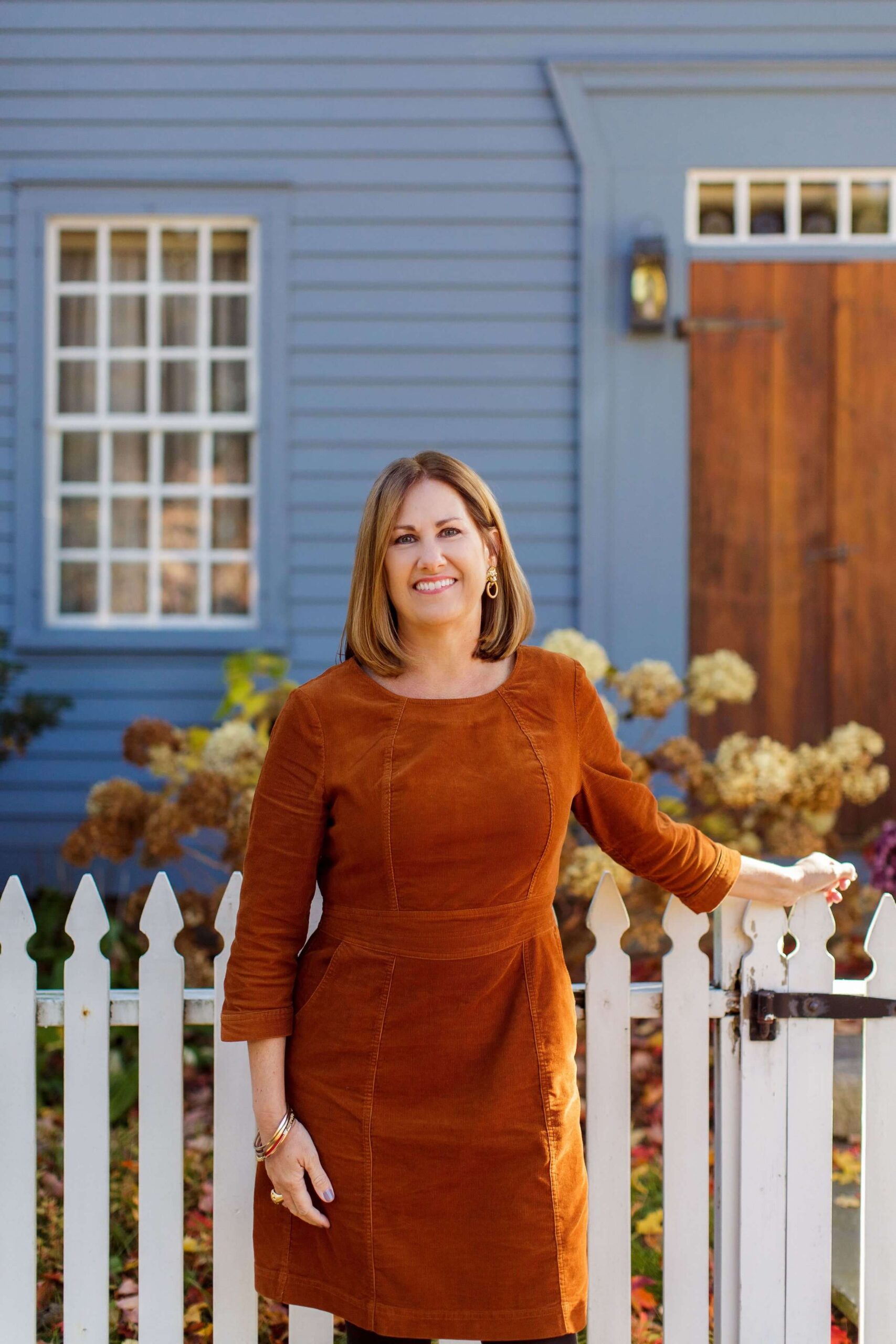
My name is Deb Cohen, and I am a lifelong resident of Connecticut, a lover of all things historic and New England, and a realtor who helps buyers and sellers achieve their real estate goals and dreams. When I’m not working, I enjoy life with my husband, our two adult children, and our two rescue pups. Renovating and decorating our historic home, dating to 1800, is another favorite pastime.


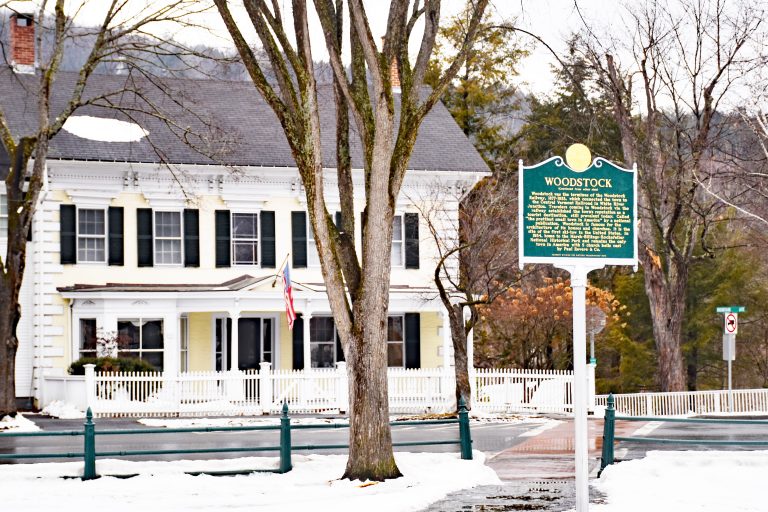
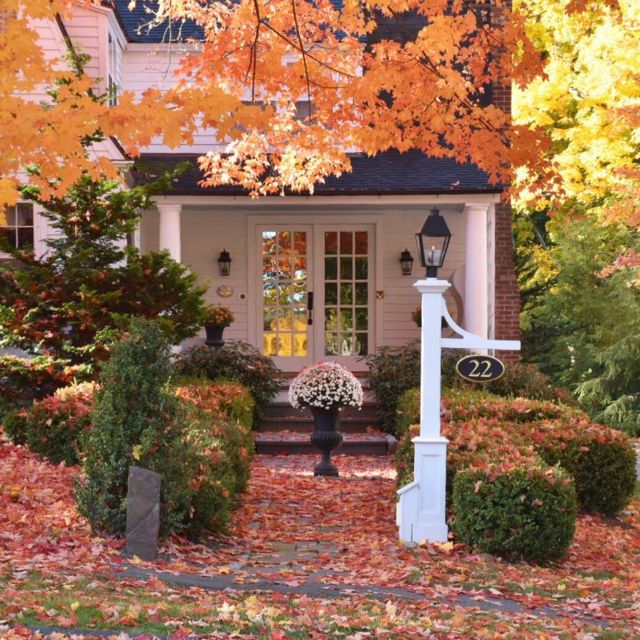
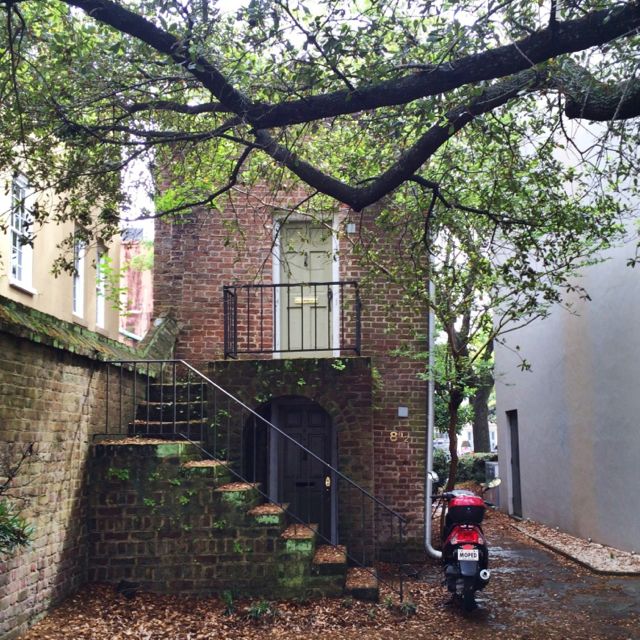
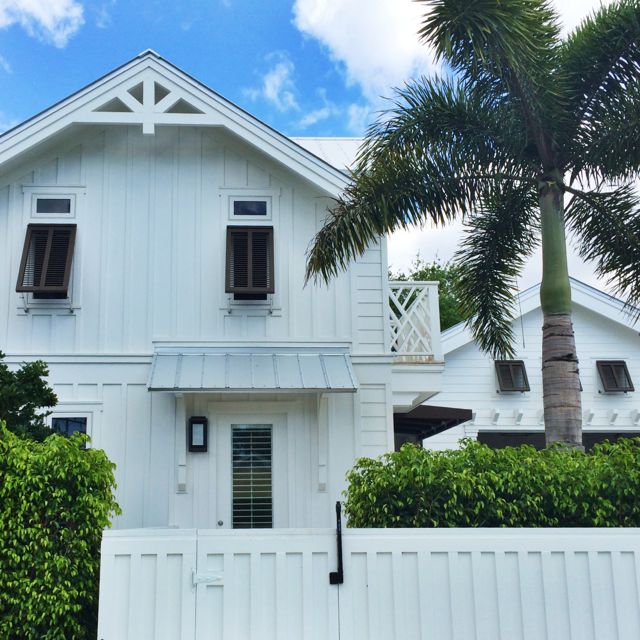




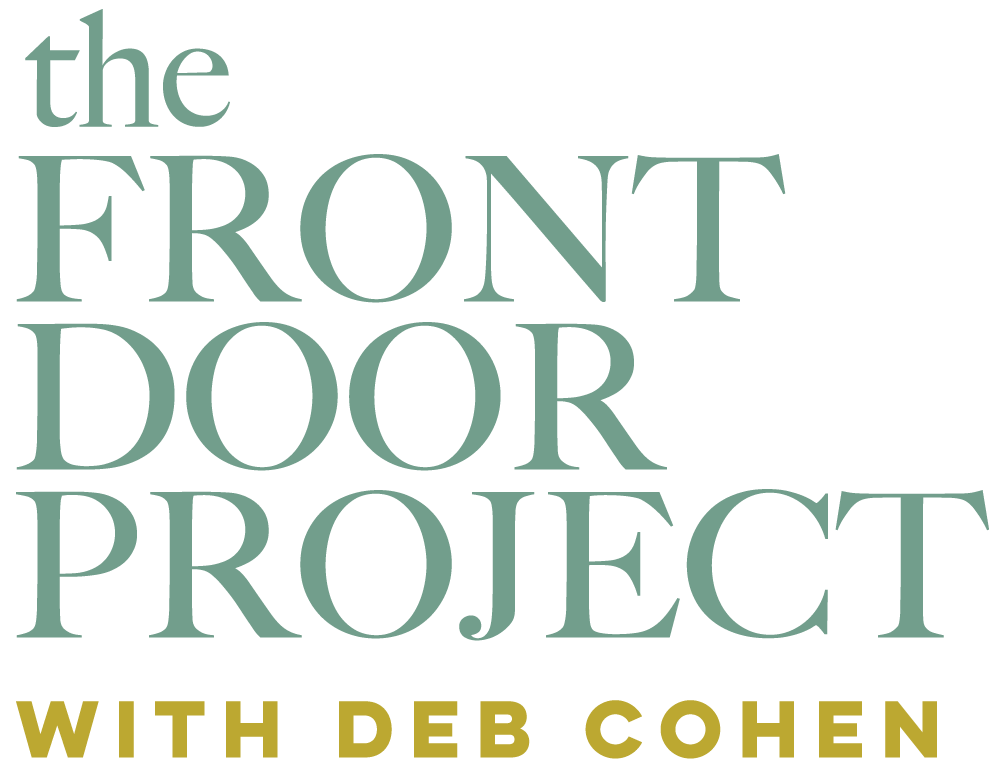
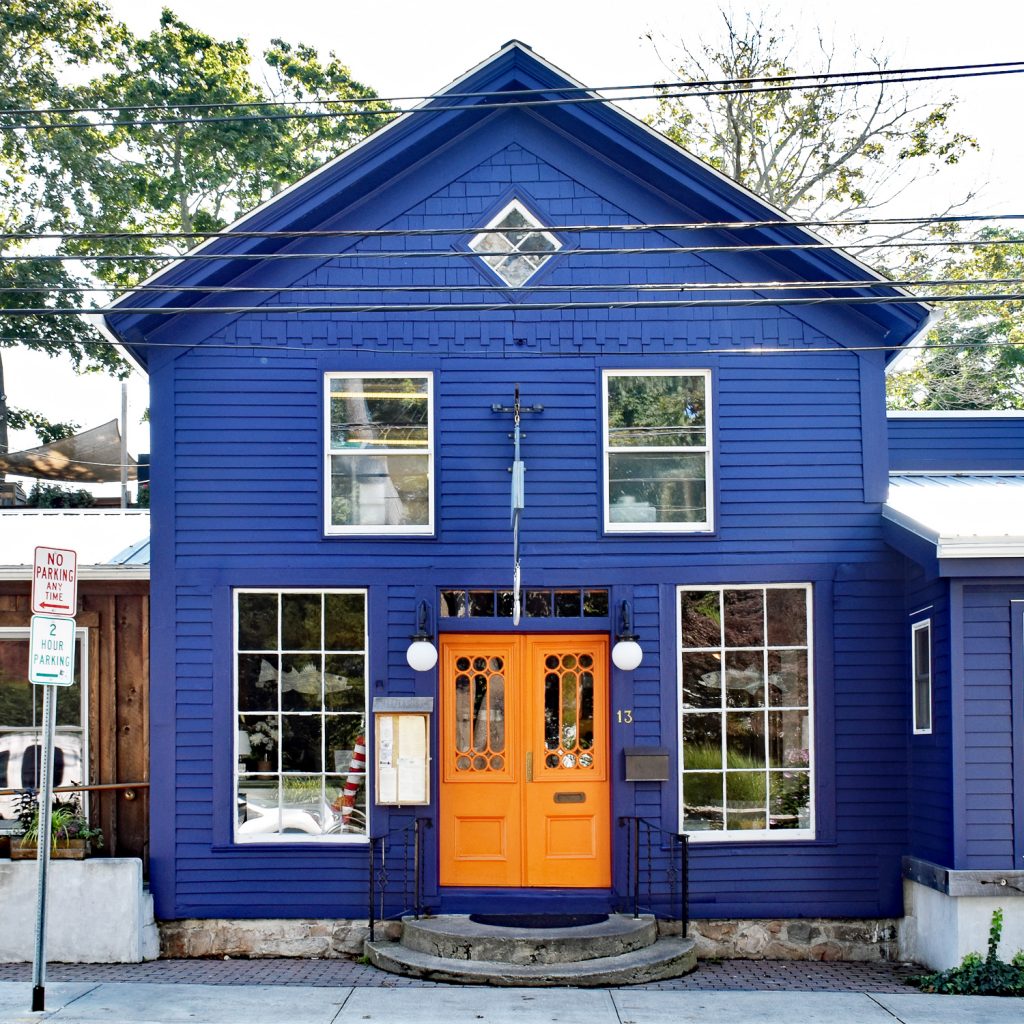
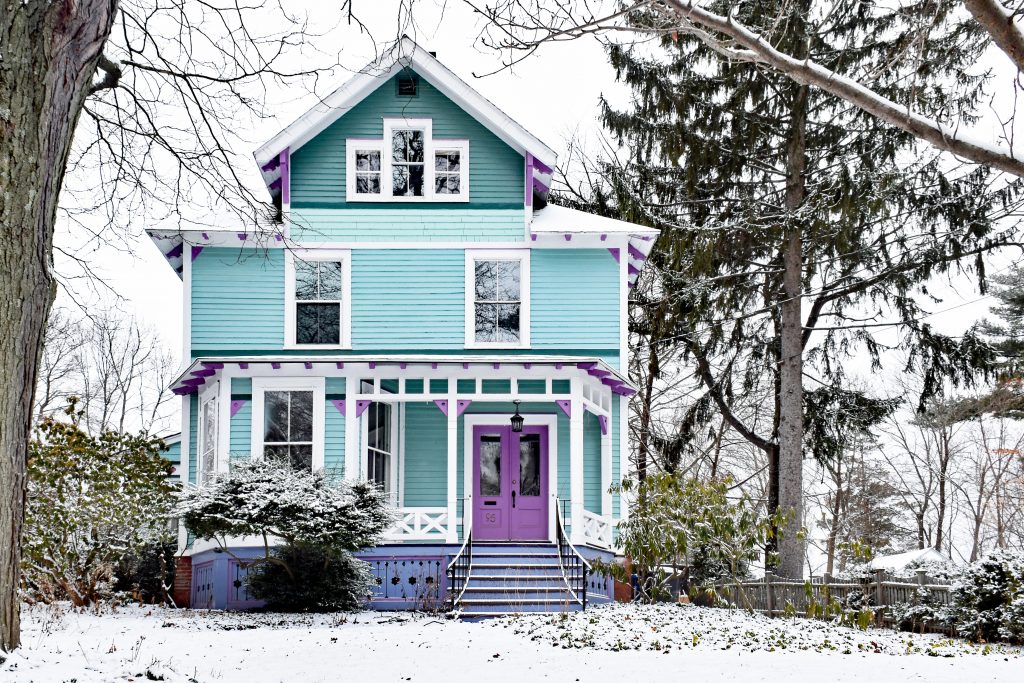
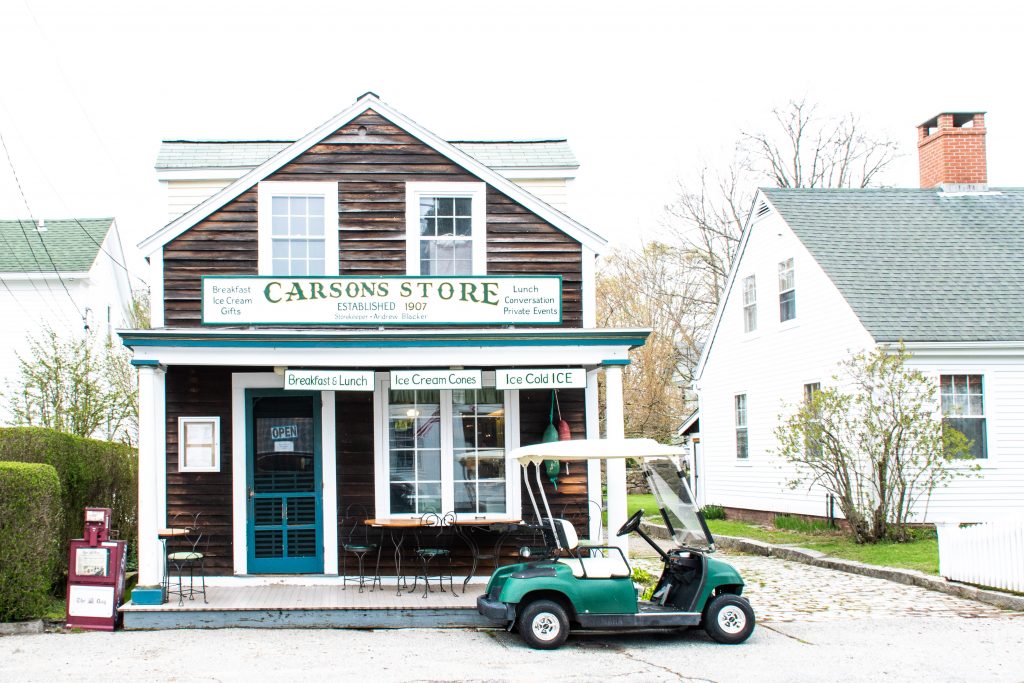
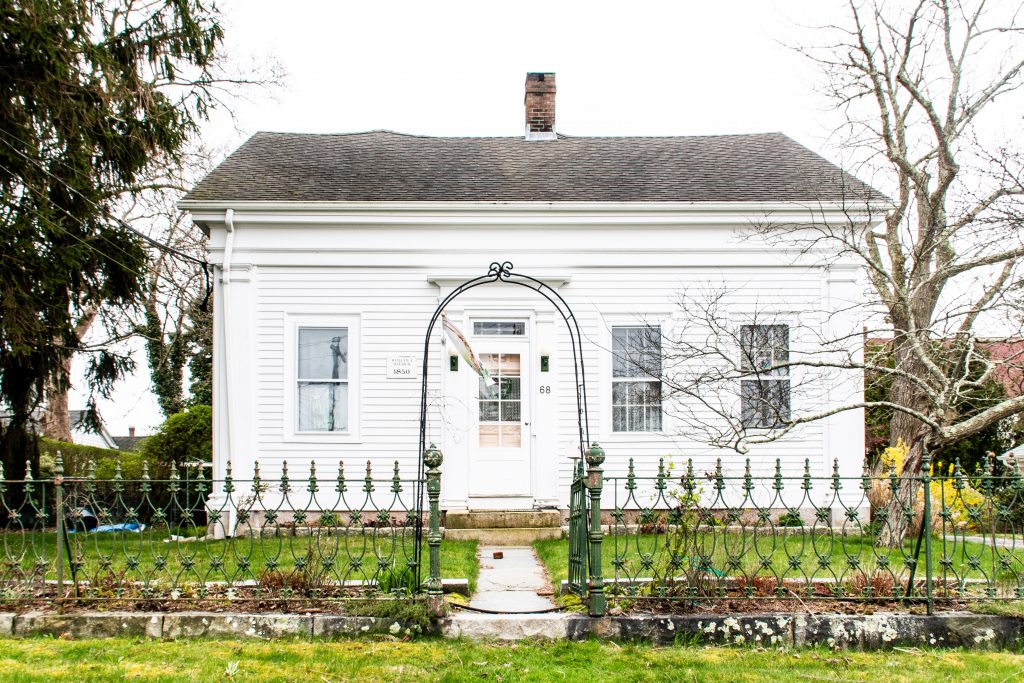
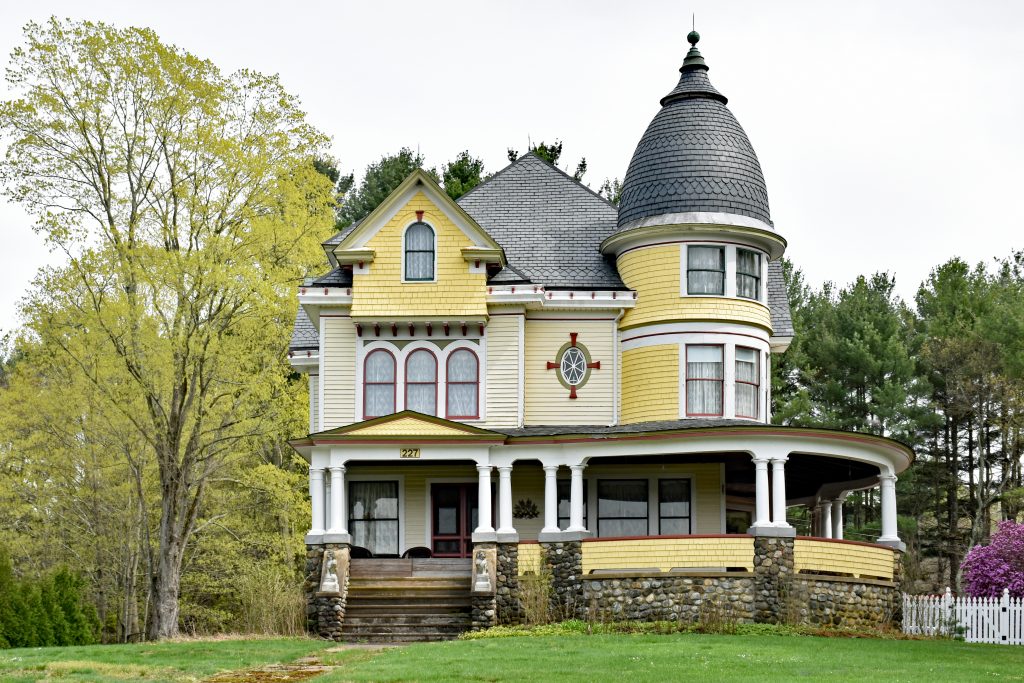
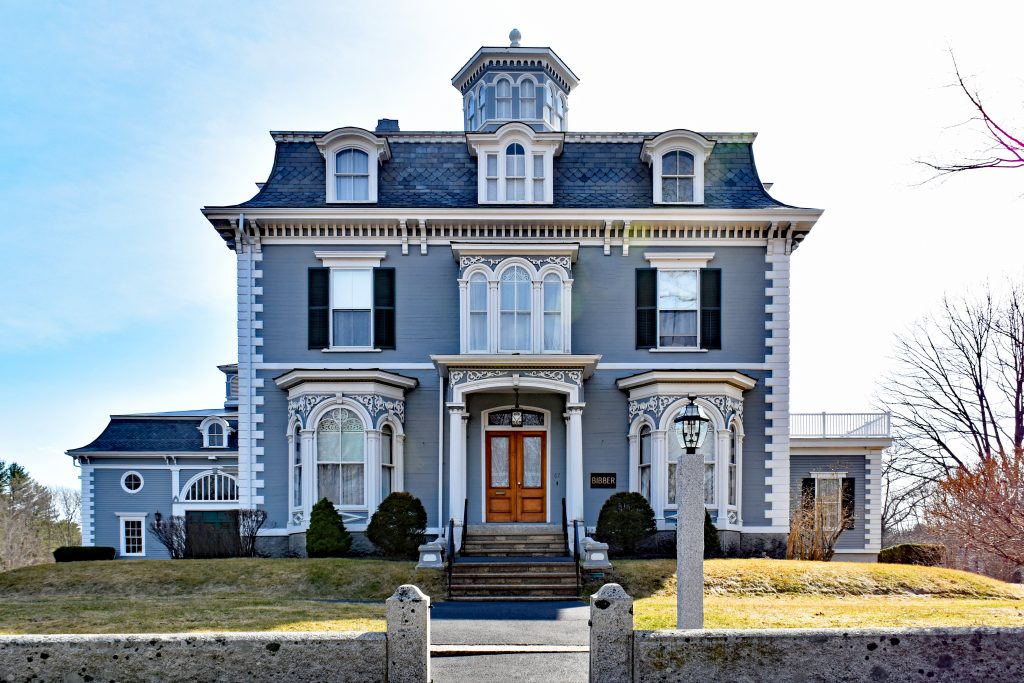
Hi Deb, I enjoyed your article. Especially your mention of Alse Young at #3. After two years of extensive research about her, I wrote the novel One of Windsor:The Untold Story of America’s First Witch Hanging. I don’t think her accusation had anything to do with inheritance. It was complicated and political. There was also a devastating influenza epidemic that passed through town the year she was hanged. Anyways, thanks for the great article about Windsor!
Hi Beth! My apologies for the delayed reply! How interesting your research must have been. No one ever thinks about CT when it comes to witch hangings so it’s wonderful you are bringing that to light!
I really enjoyed your post, Deb, the history as well as the lovely photos. Thanks.
Thank you Jean! I appreciate you taking a look!
I was familiar with many of these facts but I enjoyed reading them and I always enjoy photos of the buildings around here. When I owned my cabinet shop, I did some work on one of the houses in the Historic District. I did not know about the Murder House, that’s a pretty cool story.
Glad you enjoyed Dan! It was fun to uncover the info about the “Murder House”! I’m sure it was a unique experience to work in a historic home!
Terrific pictures and info. I particularly love the “Arsenic and Old Lace” connection. But I cannot believe you haven’t seen the movie. I blogged about it last year as the perfect movie to watch on Halloween. One of Cary Grant’s funniest movies. Wonderful post!
Thanks so much – I’m glad you enjoyed! I was so surprised to learn of the “Arsenic and Old Lace” connection as well. And I will definitely watch that movie! I’ll have to check out your post!
I lived in the Arsenic and Old Lace House for two years (top floor). The house is broken up into three apartments – two on the first floor and the entire 2nd floor I often thought about hosting a haunted house for Halloween while we lived there. The basement was SPOOKY!
Wow! That’s a great story. I bet it was spooky. Kind of a shame that it is broken up into apartments but that is what happens with older homes many times. I don’t think I could live there!
Having lived in Windsor only four years I appreciate the history of these wonderful buildings, thank you for sharing!!
Thanks so much for reading and commenting! Living among historic architecture is a great way to gain appreciation for them!
Okay, you got me going; not only was Oliver Ellsworth a “framer” of the Constitution, he is generally considered to be the author of Article III, and later the First Judiciary Act.
He was the quiet “mover and shaker” of the “Connecticut Compromise”, establishing a population-based House and State-based Senate.
He was, as Connecticut’s US Senator, the floor leader for the adoption of the Bill of Rights.
He was appointed 3rd Chief Justice of the US and served as Minister Plenopotentiary to France.
Oliver Ellsworth did not create the United States of America (although he gets some credit for the name) but he was pretty much responsible for two-thirds of it.
His home, Elmwood, on Palisado Avenue in Windsor is maintained by the DAR. George Washington may not have slept there, but he certainly lounged on a chair in the parlor.
A photo of one facing of OE’s tombstone might be attached.(Nah, I don’t know how to do that).
I love it!! That’s it – I’m going back to Windsor for a visit – I’ll do a special post!
I enjoyed reading about Windsor. Having spent 22 years teaching in town and many holidays with my in-laws at 160 Palisado Ave.(the old Congregational parsonage), I appreciate the town history. Thank you for sharing its history.
I’m so glad you enjoyed it Susan! What a wonderful home your in-laws have! My husband is a teacher so I appreciate all your years of service!
Another bit for you: Windsor resident Oliver Ellsworth was one of the framers of the U.S. Constitution.
Hi Tom! I came across that after I posted and wished I had mentioned it! I may have to do another Windsor post at some point – I know there are more beautiful homes in town for me to see! Thanks for mentioning it and thanks for reading 🙂
Thank you. I grew up in Windsor-shad fishing, working tobacco in summer-so many good memories. 🙂
Thanks for reading, Tom! I grew up in South Windsor and didn’t work tobacco, but my best friend was the daughter of a tobacco farmer and we spent a lot of time at the farm! They are great memories!
I live on Palisado and I grew up in Windsor. I did know most of your facts but enjoyed reading your post just the same!! Thank you for paying out little town some much deserved attention!! 😉
My hometown! Thanks for the post. Some of the history I was aware of, and some I learned from this post. A great trip back in time and down Memory Lane disguised as Palisado Avenue.
Hi Melissa! I’m so glad you enjoyed the post and learning a little history. Windsor is a beautiful town! It must have been great growing up there.
I’m so glad you enjoyed my post! It was my first of this type and due to the warm feedback I plan to do more. Windsor is a beautiful area and I’m sure a wonderful place to grow up!
Thank you for these little known facts (too many but not all.) I loved growing up in Windsor and the older I get the more I appreciate my years there.
I’m really fascinated about all that you are sharing on this site! So much rich history that we are losing as the years go by. Eager to explore more posts and really liked your personal reflections. Just a suggestion – maybe you could break up the paragraphs for a ease of reading. Maybe by separating your personal reflections with a space in between? I hope you don’t mind my input. Really want to support your endeavor.
Thanks Vi! I’m happy to hear that you are enjoying the site so far! I appreciate your suggestion – I absolutely am open to that! I will try to be more thoughtful on the spacing as I agree shorter paragraphs are easier to digest.
Hi Vi – I reformatted the post to break up the paragraphs – take a look and see if this is what you had in mind! Thank you!
What fun. You may not be a historian but you make history come alive.. And that is excellent for inquiring minds of all ages.
Jim Welsh, Windsor
Jim thanks so much! That was my goal with this post and I’m glad you enjoyed it. I wanted to share some information but keep it fun and light!
Should have signed my name. Joyce Hall
What about your home. Do you know the history?
Hi Joyce – I’m not sure if you were asking me or replying to the other commenter? In any event – thanks for checking out my blog!
This is a wonderful piece! I grew up in Windsor and my father’s family lived in the Dorson Drake house. My grandfather, Andrew (“Ted”) Anderson, lived there from before 1920 until his death around 1965. After he died, the house was moved further back in the yard, from its prior position where it had been facing very close to Palisado Avenue. Thanks so much for the lovely photos and the history.
Wow I’m so glad you came across my post! That’s so neat that your father’s family lived in one of these beautiful Palisado Avenue homes. Windsor is a beautiful town and I’m sure a lovely place to grow up!
Interesting historical facts about your beautiful state and the homes are beyond beautiful. The trim work on these homes is spectacular compared to the boxy entries of today. 🙂
Thanks Judy! It’s fun learning a little history. I agree with you on the trim work – just spectacular! It makes me sad that so many of these older homes fall into disrepair.